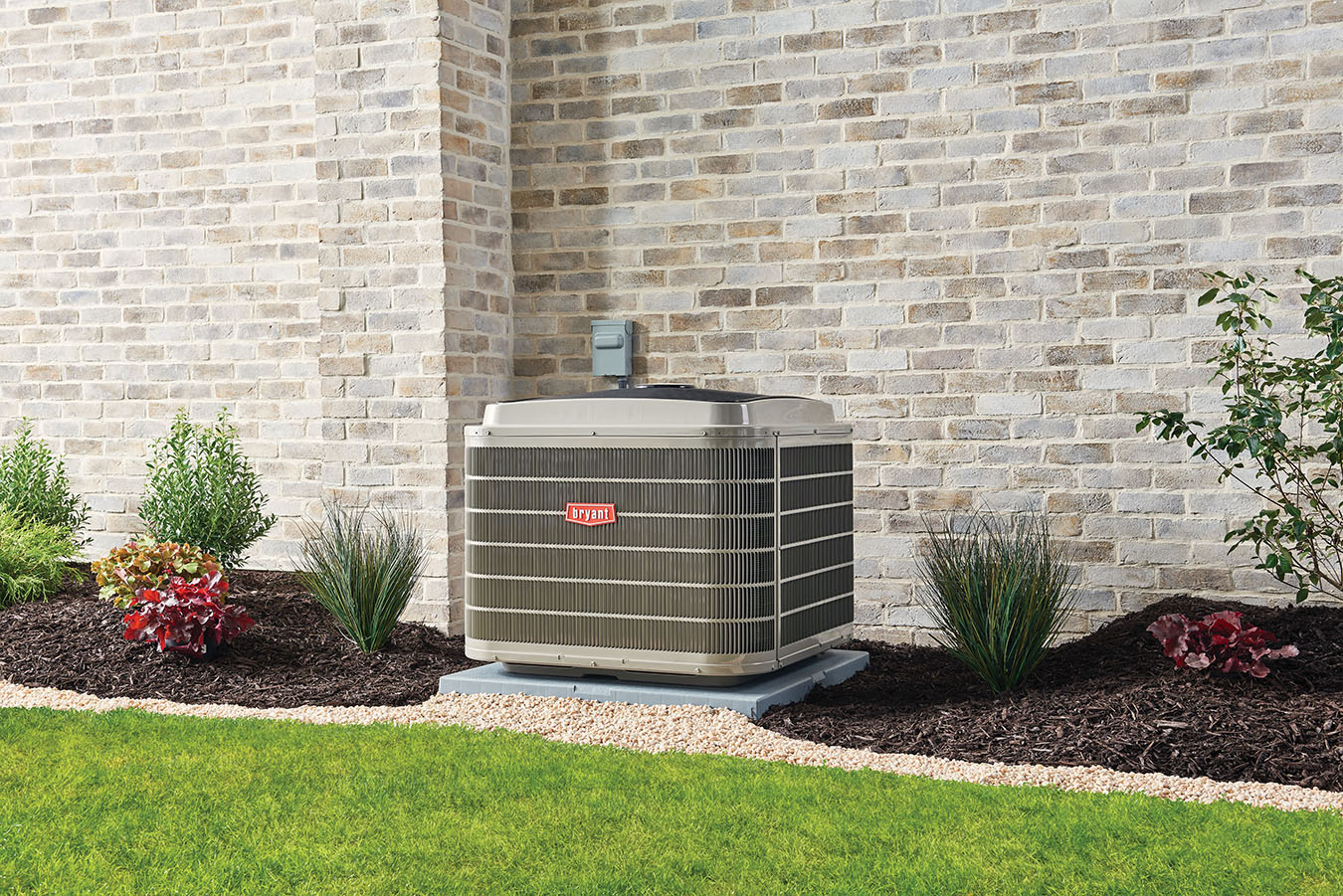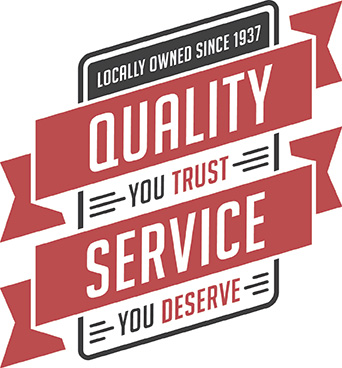The HVAC industry is currently undergoing a pivotal shift from the traditional R-410A (Puron) to the more eco-friendly A2L class refrigerants, such as R-454B, also known as Puron Advance. This significant change is driven by both environmental concerns and new regulatory mandates aiming to substantially lower the global warming potential (GWP) of refrigerants used in air conditioning systems. The introduction of A2L refrigerants marks a proactive step towards addressing climate change, aligning with global environmental goals to reduce greenhouse gas emissions. As these regulations come into effect, understanding what this means for homeowners is crucial, especially for those who have recently experienced the transition from R-22 refrigerant.
It’s important to note that the information and timelines regarding refrigerant regulations are subject to change. As of May 2024, this is the latest information we have on the impending changes to refrigerant use in residential air conditioning systems.
Background and Regulatory Changes
The American Innovation and Manufacturing (AIM) Act of 2020 is a bipartisan measure passed by the U.S. Congress, supporting the nationwide phasedown of hydrofluorocarbons (HFCs), which are potent greenhouse gases used in air conditioning and refrigeration systems. This legislation encourages the adoption of next-generation refrigerants with lower global warming potentials, such as the A2L class, to meet environmental goals and reduce the impact on climate change.
In addition, the transition to A2L refrigerants is driven by international and national efforts to curb emissions that contribute to global warming. Notably, A2L refrigerants like Puron Advance are designed to have a GWP that is significantly lower than that of R-410A, boasting a reduction of 75%. This aligns with forthcoming regulations that will impose a maximum GWP limit of 700. This upcoming shift bears a resemblance to the recent phasing out of R-22, which significantly affected numerous homeowners, underlining the continuous evolution in HVAC industry standards aimed at enhancing environmental sustainability.
Impact on Homeowners
For those who have recently upgraded to an R-410A system, it’s important to know that Goff Heating and Air Conditioning continues to support and provide warranties for these units. Looking ahead, those considering a new air conditioner might want to explore their options. The forthcoming R-454B systems offer enhanced energy efficiency and a reduced environmental impact, but they come with higher initial costs—industry experts anticipate an increase of up to 25% due to advancements in technology and safety features necessary for handling the mild flammability of A2L refrigerants. As manufacturers increasingly focus on producing these A2L models, the availability of R-410A units will begin to dwindle. Homeowners who have been on the fence about replacing their unit, particularly those with frequent repairs or older R-22 units, should consider upgrading sooner rather than later.
Why Consider Buying Now?
With the anticipated increase in costs for A2L-compatible systems, securing a current R-410A system could be financially beneficial for homeowners. This purchase strategy allows individuals to capitalize on the existing technology at today’s more favorable prices, while ensuring continuous serviceability and support from reliable providers like Goff Heating and Air Conditioning. By opting for existing technology now, homeowners can avoid the forthcoming price surges associated with the new safety features, specialized equipment, and training initiatives needed for A2L systems.

We have received updates from our distributors indicating that Bryant R-454B condensers are expected to be available by the second quarter of 2025. However, it’s important to acknowledge that timelines for new product availability can often change. As manufacturers begin phasing out R-410A systems over the coming year to transition to lower GWP alternatives like R-454B in compliance with new environmental regulations, we remain vigilant in monitoring any shifts in scheduling and manufacturing trends. As of May 2024, this is the projected timeline for the availability of R-454B units. We will continue to install R-410A systems through 2025 as long as stock is available, noting that no new R-410A systems will be manufactured after January 1, 2025. We are committed to keeping our customers well-informed of the latest developments to ensure seamless transitions and continued service excellence.
A2L Technology
Investing in the latest A2L air conditioning technology, such as the advanced systems offered by Bryant, presents significant environmental and economic benefits. These state-of-the-art systems are not only engineered to provide considerable energy savings, which can drastically reduce household utility expenses over time, but also support global climate goals with their lower greenhouse gas emissions. Here’s a refined and detailed exploration of the benefits associated with the new A2L air conditioners:
Enhanced Energy Efficiency
Bryant’s air conditioners are designed with optimized system efficiency that consumes less energy while maintaining cooling performance. This leads to a direct decrease in energy consumption and, subsequently, utility costs for homeowners.
Lower Greenhouse Gas Emissions
The transition to A2L refrigerants, such as Bryant’s R-454B or Puron Advance, significantly cuts down the Global Warming Potential (GWP)—by up to 75% compared to R-410A, which has a GWP of 2,088. Puron Advance, specifically, boasts a GWP of 466, demonstrating Bryant’s commitment to providing solutions that substantially reduce environmental impact.
Future-Proofing Your Home
Early adoption of these systems ensures homeowners are ahead of regulatory changes, eliminating the need for future modifications or upgrades to comply with new standards.
Advanced Safety Features
Despite their mild flammability, Bryant’s A2L systems include comprehensive safety measures, such as dissipation systems, which actively manage and mitigate any risks associated with their operation. These features make A2L refrigerants safer than many household substances and compliant with rigorous safety standards.
Long-Term Cost Savings
While the initial investment in A2L technology might be higher, the efficiency and durability of these systems translate to significant long-term savings on operational costs.
Operational Efficiency and Comfort
Puron Advance is tailored to operate under the same conditions as its predecessor, R-410A, ensuring that both homeowners and technicians face a seamless transition. Bryant further supports this transition with extensive training programs for technicians, focusing on proper installation, maintenance, and safety protocols.
By considering these factors, homeowners are equipped to make well-informed decisions about upgrading to A2L technology, effectively balancing the upfront costs with substantial long-term benefits.
The Differences Between R-410A and R-454B
| Features | Puron | Puron Advance |
| Refrigerant Type | R-410A | R-454B |
| Launch Timing | 1996 | Late 2023 |
| GWP Level | 2,088 | 466 |
| Ozone Depletion Potential (ODP) | No ODP | No ODP |
| ASHRAE Classification | A1 | A2L |
| Flammability | No Flame Propagation | Mildly Flammable |
| Leak Detection | None | Required |
Conclusion
As we navigate these changes, Goff Heating and Air Conditioning remains committed to providing top-notch service and informed choices about both R-410A and R-454B systems. For further details on the environmental impact and regulatory aspects of refrigerants, consider visiting the EPA’s official site. Our goal is to help you make the best decision for your home comfort and financial needs, maintaining our promise of quality and reliability in heating and cooling solutions.
Resources:
Frequent Questions on the Phasedown of Hydrofluorocarbons (EPA Website)
American Innovation and Manufacturing Act of 2020


